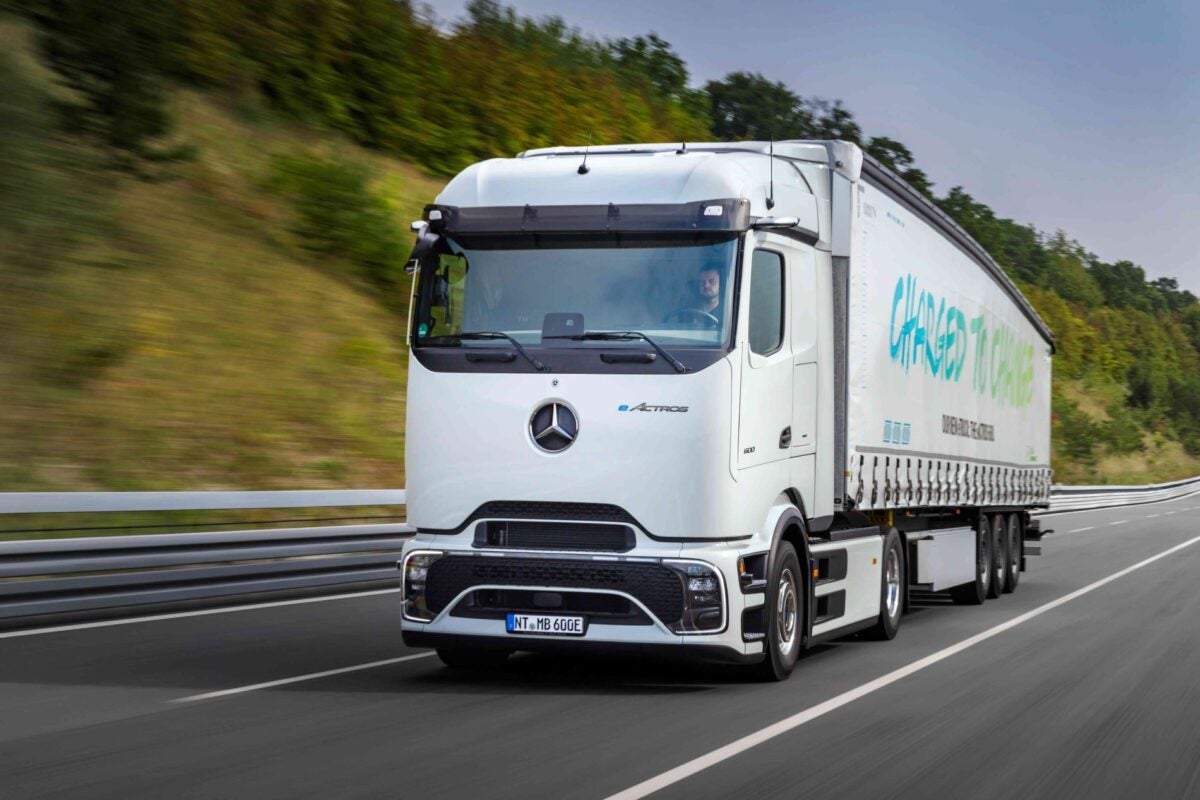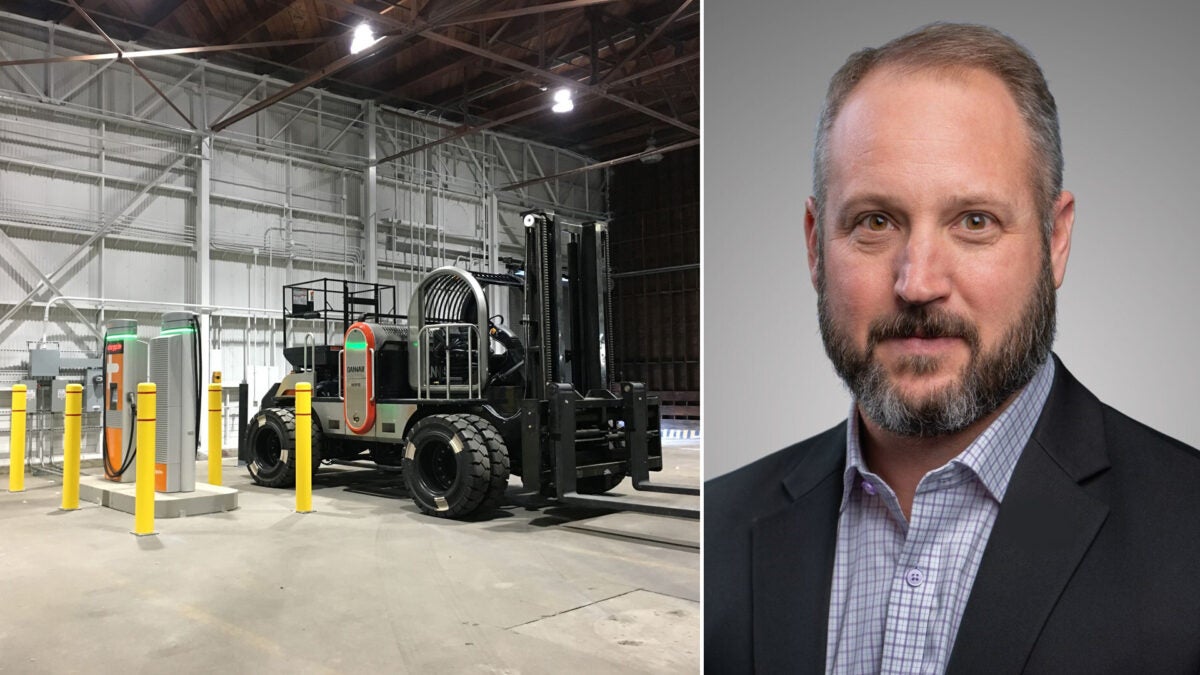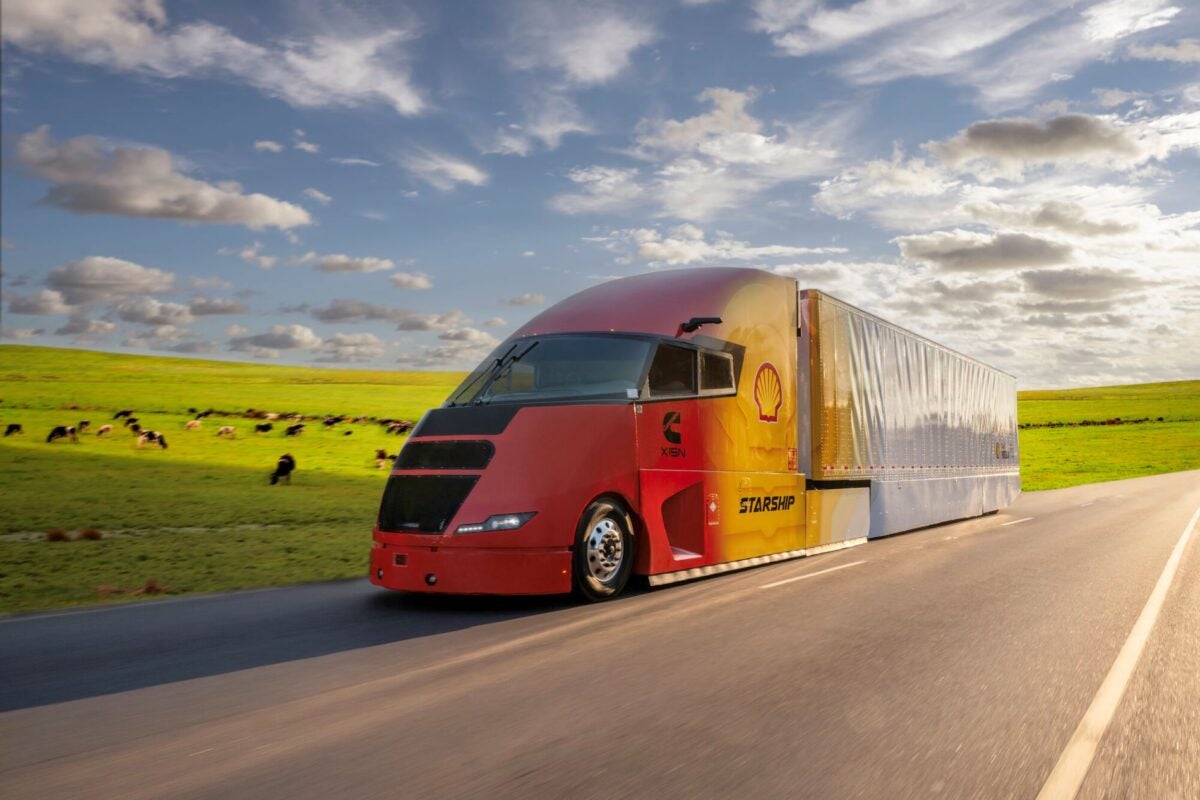You can buy a charger for an electric vehicle from any number of suppliers. But it’s an incomplete purchase without knowing when the charger is operating, how much juice it can put out at a given time and whether or not it’s occupied.
“The last conversation I’m having is ‘Let’s pick the right hardware, how to deploy it cost effectively, and let me help you operate it so you get the SLA (service life agreement) you want,” Rich Mohr, ChargePoint Holdings Inc. senior vice president for North America, told me this week. “But I’ve got 10 steps before I get to that.”
ChargePoint grows fleet business with lessons from cars
Founded in 2007 and a public company since completing a reverse merger with Switchback Energy Acquisition Corp. in February 2021, ChargePoint (NYSE:CHPT), had an enterprise value of $2.4 billion and received $450 million in special purpose acquisition company proceeds. Revenue is growing but it is still losing money.
ChargePoint recently signed deals to provide electric charging infrastructure for Isuzu Commercial Truck of America Inc. and electric vehicle chargers to support Ryder System Inc.’s purchase of 4,000 BrightDrop electric vans. The fleet business allows ChargePoint to leverage lessons learned in passenger vehicle charging, Mohr said.

The company is not alone in building and selling a subscription-based charging ecosystem. Electric truck OEMs and a host of others, including utilities, offer consulting services.
Numerous startups like Flipturn Connect, recently profiled in Truck Tech, offer cloud-based systems to ease the transition to electric trucks.
“It’s not a software market per se,” Mohr said. “It’s an integration market, helping [fleets] integrate these into their business. That’s where the biggest success has been.”
Hurry up and wait
Charger readiness becomes more important as the expected hockey stick of electric truck adoption arrives. It’s not here yet. With the exception of transit buses, Mohr said no medium- or heavy-duty electric trucks were registered in the last quarter. Passenger EVs accounted for 7.5% of sales in the second quarter, according to Experian.
“Every quarter ends up being a blip and then nothing, and then a blip and then nothing,” he said. “You’re seeing that in the medium- and heavy-duty [market], especially around the Class 8 manufacturers, and Class 5 and 6. It’s still very, very low volume.”
Daimler Truck North America (DTNA) CEO John O’Leary said in January that DTNA overbuilt capacity for electric trucks in 2022. But the realities of the post-pandemic heavy-duty market hampered by supply chain disruptions pushed OEMs to complete and deliver parts-shorted “red tag” diesel trucks as backlogs mounted from an inability to fully assemble new trucks.
The high cost of electric trucks — 2½ to three times the price of a diesel truck — was only one deterrent. Additional research and development and the fleets’ perception that the clock on regulations had plenty of time left also contributed.
“Why are you going to shift your labor over to that unless you really have the demand for the vehicles?” Mohr asked.. “No one’s kicking down the door to replace their entire fleet of diesel vehicles with electric vehicles.”
Clock ticks faster, and OEMs respond
OEMs have largely caught up with pent-up demand. They accepted orders for more than 30,000 diesel trucks in September. The California Air Resources Board requires 5% zero-emission Class 8 trucks for large fleets beginning in 2025. The Environmental Protection Agency follows with tough rule changes two years later.
“MD and HD vehicle costs will rise by between 12% and 14% as the EPA’s Clean Trucks regulation goes live in 2027,” Kenny Vieth, ACT Research president and senior analyst, wrote this week. “As such, we believe the OEMs will be at least partially successful in convincing customers to begin EPA ’27 pre-buying in 2024.”
The cost curve begins to come down as OEMs allocate more labor and production resources to electric vehicles. Daimler Truck hinted at a longer-range, faster-charging future for the Freightliner eCascadia when it revealed the eActros 600 from Mercedes-Benz Trucks in Germany on Tuesday.

“I’m not worried about the slowness of the [electric] vehicles being delivered,” Mohr said. I’m expecting the technology to be at an OEM readiness and to be at a price point that is going to make sense in a TCO [total cost of ownership] mode. And I’m expecting manufacturing at volumes that are predictable.”
Mohr: Legacy manufacturers best bet for electric trucks
Mohr spent nearly two decades at Ryder before joining ChargePoint about three years ago. One thing he learned there was that for all the enthusiasm of new players in the trucking space, few succeed.
“In my old job, when I’m making a bet on a billion dollars worth of purchases for a fleet, who am I buying from?” he asked. “I’m buying from the companies that I have recourse with, that I have warranties with. You have to scale to a level to allow you to serve the bigger fleet companies in the U.S. to make a bet on those vehicles.”
That’s an ominous prediction for electric truck startups. Some like XL Fleet already have gone under. Legacy bodybuilder Shyft Group bought its assets. Shyft has developed its own electrified chassis for the new Blue Arc brand. Another example: BrightDrop, the stand-alone electric truck brand from General Motors, has resources that growth stage companies like Motiv Power Systems lack.
“Just on the diesel side of the business and the gas side of the business, I don’t have a track record for any of those smaller providers that survived long term,” Mohr said.

Briefly noted …
TeraWatt Infrastructure, a well-funded startup seeking to build out electric vehicle charging, has acquired two heavy-duty EV fleet charging sites in California’s freight-dense Inland Empire.
Ballard Power Systems has orders for a total of 177 hydrogen fuel cell engines from Solaris Bus & Coach, a leading European bus manufacturer.
Xos Inc. has been approved as a qualified manufacturer for the Commercial Clean Vehicle Credit, meaning its electric stepvans now qualify for federal IRA incentives.
Eaton Corp. will supply a so-far-unidentified commercial vehicle maker with its 48-volt programmable aftertreatment heater controller that electrically warms the catalyst.
The Shell Starship 3.0 with a Cummins 15-liter natural gas engine hauled a fully loaded trailer on an 840-mile loop throughout California.

Watch now: Platform Science CTO Jake Fields talks commercial vehicle digitization
That’s it for this week. Thanks for reading (and watching). Click here to get Truck Tech via email on Fridays. And catch the latest in major events and hear from the top players on Truck Tech, airing live at its new time — 3 p.m. Wednesdays — on the FreightWaves YouTube channel.







